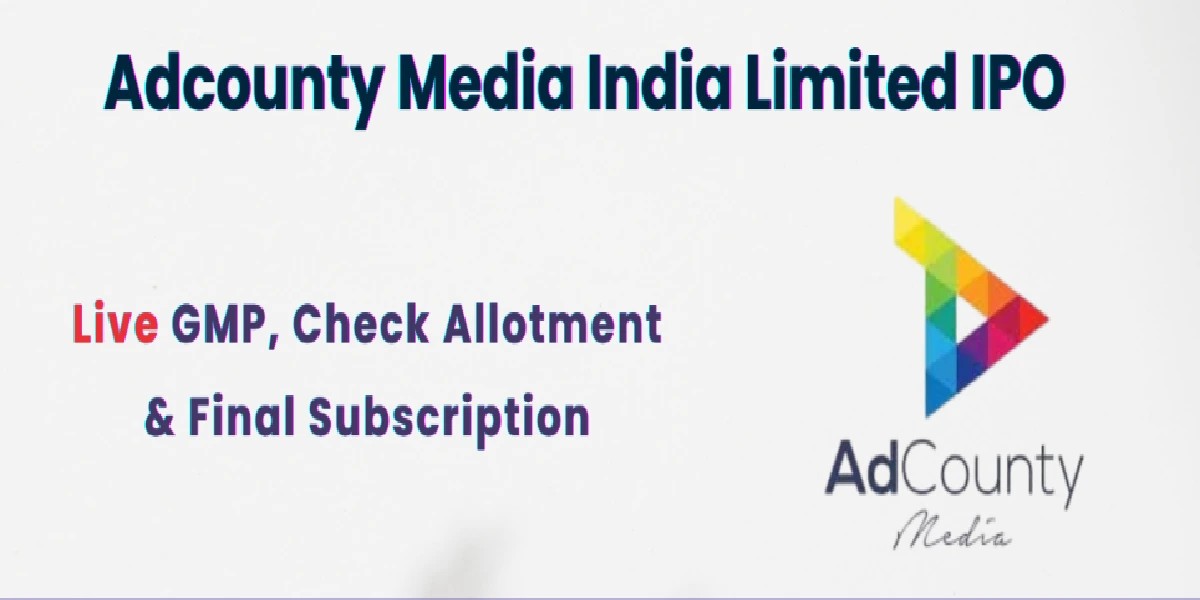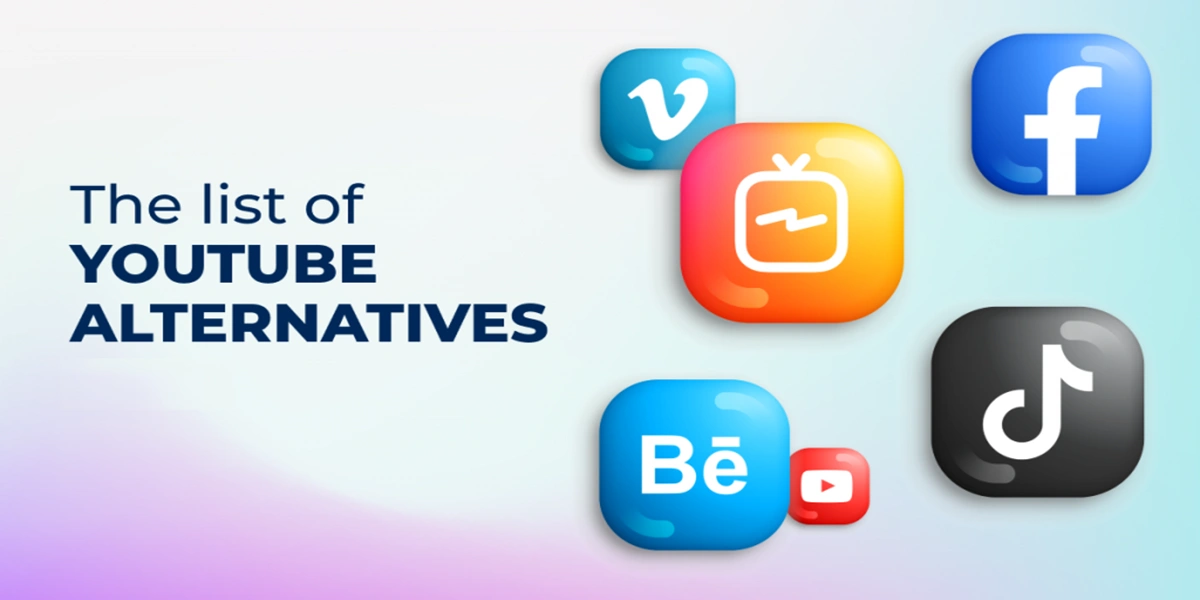Media allotment isn’t just about advertisements. In AD Country, it’s about information control, strategic dissemination, and public messaging. Whether it’s national campaigns or local awareness drives, the AD COUNTRY MEDIA ALLOTMENT STATUS decides which media houses get a share of government advertising budgets.
What is Media Allotment in AD Country?
Definition and Role in Public Communication
Media allotment means the organized distribution of government advertisements in various media — TV, radio, print, and internet portals. This is how governments disseminate information related to public welfare schemes, policy announcements, election campaigns, and emergencies.
Principal aims of Media Allotment
Ensure transparency in governance
Share authentic public information
Help local and regional level media organizations
Provide equitable distribution of government money in the media
Why is AD COUNTRY MEDIA ALLOTMENT STATUS Significant?

Government Communication and Transparency
The direct instrument of public contact in the hands of the government is its advertising budget. Following the status of the current allotment will reveal what regions or stories are being prioritized.
Effect on Media Organizations and Journalists
The advertisement revenue of the government has the power to kill or save smaller publications, particularly in rural or small-town areas. Any shift in allotment status impacts media viability, staff hiring, and editorial autonomy.
Public Awareness and Information Dissemination
Effective allotment makes sure even far-flung citizens benefit from essential updates. An inefficient allotment plan might translate into rural neglect or urban bias.
How Media Allotment Functions in AD Country
Media Outlet Eligibility Criteria
Registration with the appropriate media registry
Regular circulation/viewership figures
Editorial standards and adherence to law
Allotment Types (TV, Print, Digital)
Print Media: National newspapers, regional journals
Television: News channels, entertainment channels
Digital Media: Web sites, applications, and influencers
Approval Process and Regulator Oversight
Usually, a Media Allocation Committee under the Ministry of Information scrutinizes applications, tracks ad performance, and updates policies every year.
Recent AD Country Media Allotment Developments
Major Policy Changes in 2025
The biggest change this year is a 30% rise in digital media ad allocations due to growing internet penetration and smartphone usage in semi-urban areas.
Budget Allotments and Media Segments
Print Media: ₹120 Crores
TV Media: ₹95 Crores
Digital Media: ₹150 Crores (compared to ₹90 Crores a year ago)
Government Tenders and Distribution Model
Tenders are now transparent with many being advertised on e-procurement portals enabling open bidding by authorized media houses.
Controversies and Criticism
Allegations of Favoritism
A few watchdogs feel that some media houses are shown favor because of political affinities.
Transparency Concerns in Allotment
The absence of real-time public dashboards and ambiguous tender evaluation criteria has triggered curiosity among journalists and activists.
Public Response and Media Response
Social media has turned into a war zone for revealing purported biases, with reporters weaponizing social media such as X (Twitter) to vent their frustrations.
Role of Regulating Bodies
Major Government Agencies Involved
Ministry of Information & Broadcasting
National Media Authority
Independent Ethics Commission
Legal Provisions and Guidelines
The Public Communications and Media Regulation Act (2021) is the foundation but experts indicate it needs revisions to address digital-era challenges.
Traditional Media vs Digital Media in Allotment
Rise of Online Platforms
Online news and video platforms now account for more than 60% of the younger audience, compelling government ad plans to shift online.
Challenges in Regulation
toughness in authenticating reach and audience figure
Fake traffic and click farms
Cross-border content issues
Media Allotment and the Upcoming Elections
Role in Political Advertising
Election time witnesses an increase in ad allotments, especially towards voter awareness and manifesto communication.
Allocation Limits and Ethics
Election commissions usually announce guidelines for preventing misuse of taxpayer funds for political purposes.
Voices in the Media
Journalists’ Views
Most journalists favor more openness but caution against algorithm-driven favoritism that ignores grassroots coverage.
Owners of Media’s Opinions
Big media establishments embrace reforms but promote performance-based funding strategies.
How Citizens Can Remain Informed
Trustworthy News Sources
Adhere to well-known sites such as The AD Times, Public Post, and GovNews Tracker for confirmed news.
Verify Ministry news releases, gazettes, and authenticated press releases rather than social media hearsay.
Expert Views and Predictions
Analysts’ View of 2025 Status
Experts hold that 2025 is a transitional year — a year that will define subsequent regulations as the dynamics between digital and traditional evolve further.
Media Allocation in AD Country Tomorrow
Anticipate the government embracing AI-based targeting, programmatic delivery of adverts, and, maybe, blockchain authentication to mitigate manipulation.
Conclusion
The AD COUNTRY MEDIA ALLOTMENT STATUS is more than a mere internal government document — it’s a mirror that casts the health of a nation’s media environment. As digital influence increases, public scrutiny rises, and demands for transparency intensify, this subject will remain under the microscope. Learning about it today puts you ahead of the curve in understanding tomorrow’s political and media landscape.
Read also: Windows 11 Version 25H2 Latest Update






